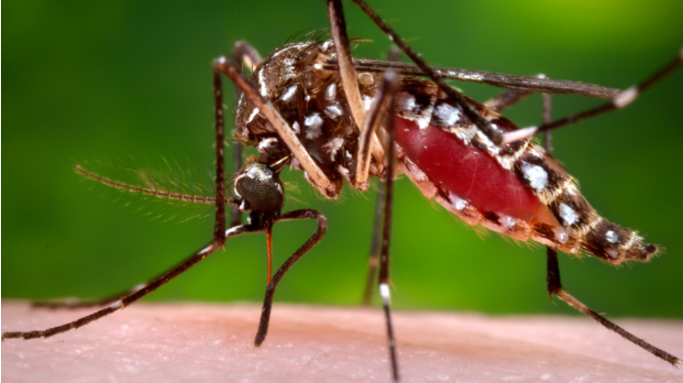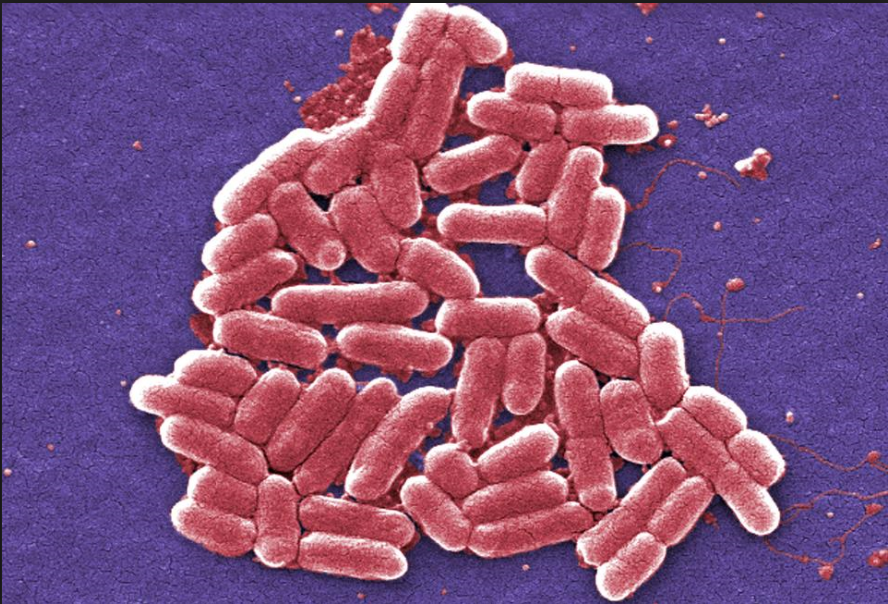You can’t spell ‘nutrition’ without ‘nut’
Nuts offer a bounty of nutrients, ample protein and are a source of unsaturated fats, which makes them a satiating snack.

Nuts and seeds offer a bounty of nutrition and are a satisfying snack.
The noise about nuts’ nutritional attributes is louder than ever, and they’re available in a growing array of flavours, portions and locations. Spot them in single on-the-go servings in convenience stores or occupying an ever-growing berth of supermarket shelf space. Find them in flavours we’re used to seeing on bags of snack foods — salt and vinegar, chili lime and today’s “in” flavour, sriracha. So do nuts’ nutritional assets live up to the industry hype?
Nuts and their nutrition
Tree nuts include almonds, Brazil nuts, cashews, hazelnuts, macadamias, pecans, pine nuts, pistachios and walnuts. According to 2012 data from the U.S. Agriculture Department, one-third of the nuts we eat are tree nuts. Peanuts, which grow in the ground and are legumes, make up the other two-thirds.
According to the latest What We Eat in America survey, conducted by USDA and U.S. Department of Health and Human Services, Americans eat, on average, three-quarters of an ounce of nuts and seeds each day.
In a nutshell (you knew that was coming), nuts offer a bounty of nutrients, especially when you compare their nutrition facts with those of other high-fat snack foods. The bulk of calories in all nuts are from fat. This, along with ample protein, makes them satiating.
More good news: “The fat in nuts is mainly unsaturated fats, both polyunsaturated and monounsaturated, the fats experts recommend for heart-healthy eating,” Karen Collins, a registered dietitian and nutrition adviser to the American Institute for Cancer Research, told me in an email. Nuts contain minimal saturated fat and no trans fat or cholesterol.
Walnuts are the one nut to call out for their omega-3 fats, a type of polyunsaturated fats. Walnut promoters point to this because it’s one of the few plant-based sources of omega-3s.
Each ounce of nuts (the amount the FDA makes manufacturers use in nutrition labelling) contains a few grams of carbohydrates and fibre. Sodium is next to nil for unflavoured varieties. Salted nuts and those with other added seasonings boost the sodium count to about 200 milligrams per ounce.
Digging in deeper, nuts provide a good source of magnesium, which we don’t eat enough of, according to the 2015 Dietary Guidelines Advisory Committee report. “They can supply natural plant compounds, called phytochemicals, like polyphenols, which seem to boost body antioxidant defenses and are being studied for their potential of additional direct cancer-protective effects,” Collins wrote in the email.









